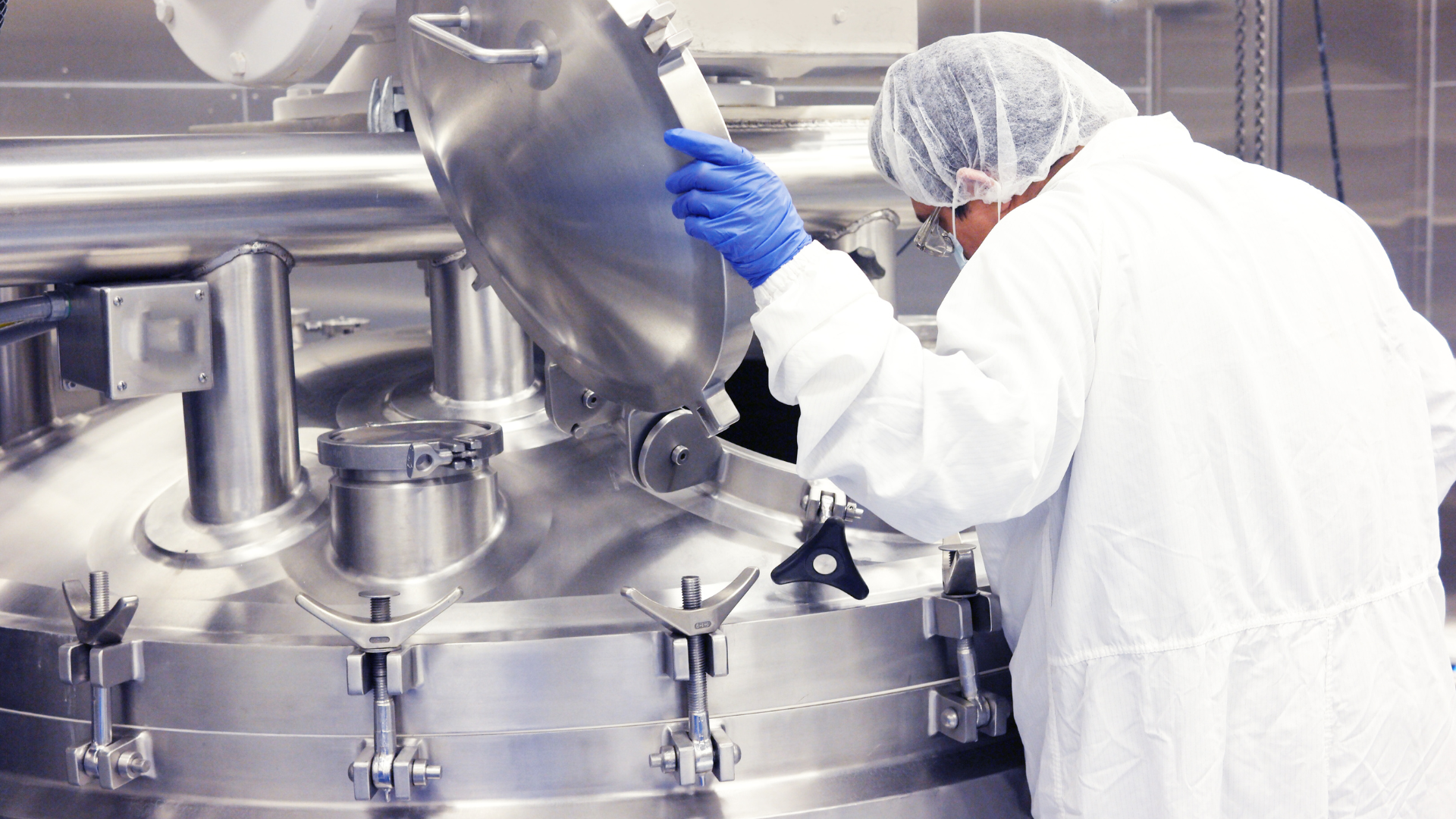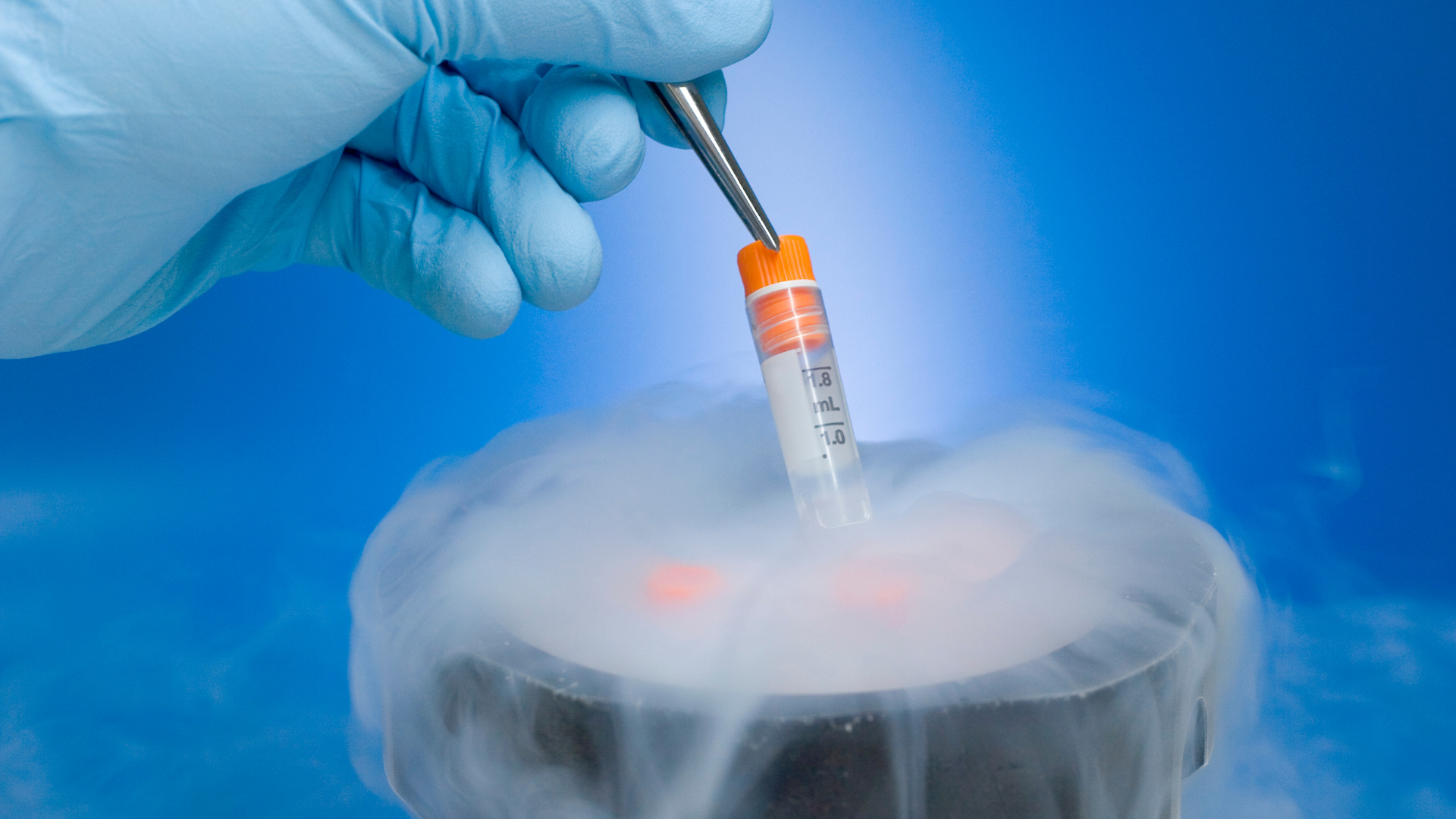Cardiff University Builds Lego 3D Bioprinter Capable of Synthesising Human Skin, Makes Blueprints Open Access

A pharmaceutical research team at Cardiff University have shared their blueprints for a Lego 3D bioprinter that cost just £500.
The bioprinter, which was assembled using standard Lego bricks, a Lego computer and a lab pump, came from a need to obtain human tissue samples for biological investigations.
3D bioprinting has provided a workaround to constraints associated with sourcing tissue samples from living cells.
The technology involves loading ‘bio-ink', containing living cells, into a cartridge. This cartridge is then inserted into the bioprinter in turn.
Once programmed, the device prints the cell-laden bio-ink to form 3D structures with the ambition of replicating the complex forms of biological tissue.
Bioprinting technology allows researchers to make more comparable models for studying both health and diseased tissue.
However, these machines come at a prohibitively high cost, with some running to the hundreds of thousands of pounds to buy, assemble, and run.
Few research teams can afford this kind of expenditure; however, one team from Cardiff explored a low-cost alternative.
Constructing a 3D Bioprinter from Lego
After assessing a number of options, a research team from Cardiff University investigated the possibility of building their own affordable 3D bioprinter.
They went for Lego on account of both its versatility and the high precision at which it is manufactured.
More conventional 3D printers have previously been made using Lego - any uncertainty associated with this project concerned whether researchers could take this basic notion and engineer a variant capable of producing soft biological material.
For the output to be of any use in a laboratory environment, the 3D bioprinter would need to be precise, reliable, and stable.
A multidisciplinary team of engineers and biologists worked together to turn this vision into reality: although the current bioprinter is still in its infancy, it achieved the required level of precision to produce delicate biological material and cost only £500 to build.
The 3D bioprinter functions by ejecting bio-ink - a gel-like substance full of cells - onto a dish moved by a mount, with movements coordinated by a mini Lego Mindstorms computer built into the device.
Programmable movements then enable the construction of layers of cells, replicating the 3D structure of human tissue.
Other modifications which can be applied to the bioprinter include using different types of nozzles to print different varieties of cells, allowing for a variety of complexities to be built into the cell.
Potential applications of this technology include the imitation of healthy and diseased skin to investigate disease progression, as well as the addition of diseased cells to health models.
Looking to the Future of Programmable 3D Bioprinters
Future plans for the bioprinter include its use to develop an accurate representative model of human skin from human tissue samples, as well as being used to add diseased cells to health models.
The researchers involved have made details on how they built the 3D bioprinter, with the intention that it could be reconstructed in any laboratory anywhere in the world.
Oliver Castell, a Senior Lecturer at Cardiff University who oversaw the project, said the aim was to provide an open source alternative to a vital piece of equipment beyond the budgets of most researchers, particularly at a time when research funding is being squeezed.
“Affordable, accessible and easy to use tools for 3D bioprinting are anticipated to open opportunities for a greater number of research labs to work with 3D cell culture and bio-printed materials.”
Get your weekly dose of industry news and announcements here, or head over to our Cell portal to catch up with the latest advances in cellular therapies.







